AP Environmental Science Water Pollution
1/21
There's no tags or description
Looks like no tags are added yet.
Name | Mastery | Learn | Test | Matching | Spaced |
|---|
No study sessions yet.
22 Terms
Water pollution
The contamination of streams, rivers, lakes, oceans, or groundwater with substances produced through human activities
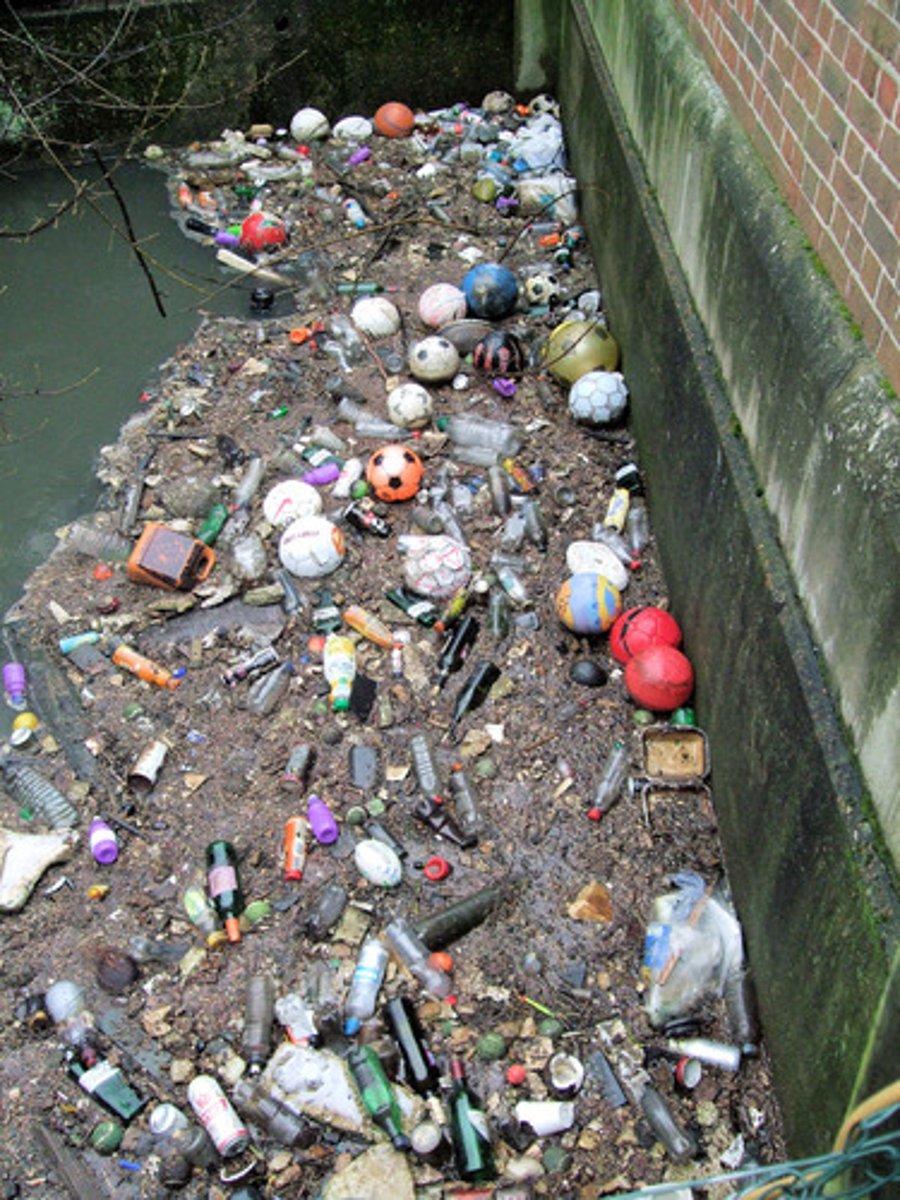
Wastewater
Water produced by livestock operations and human activities, including human sewage from toilets and gray water from bathing and washing of clothes and dishes
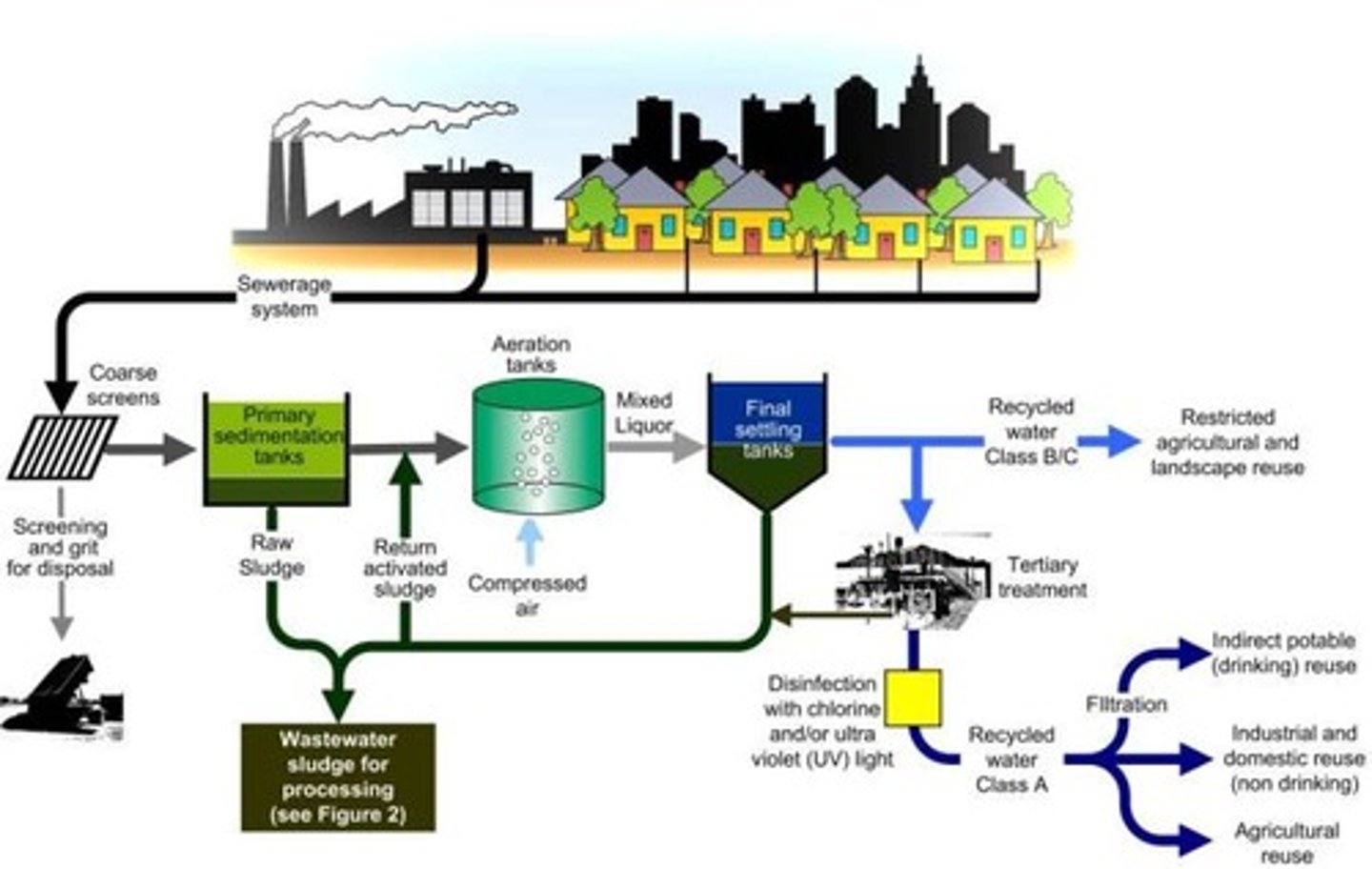
Point Source
A distinct location from which pollution is directly produced
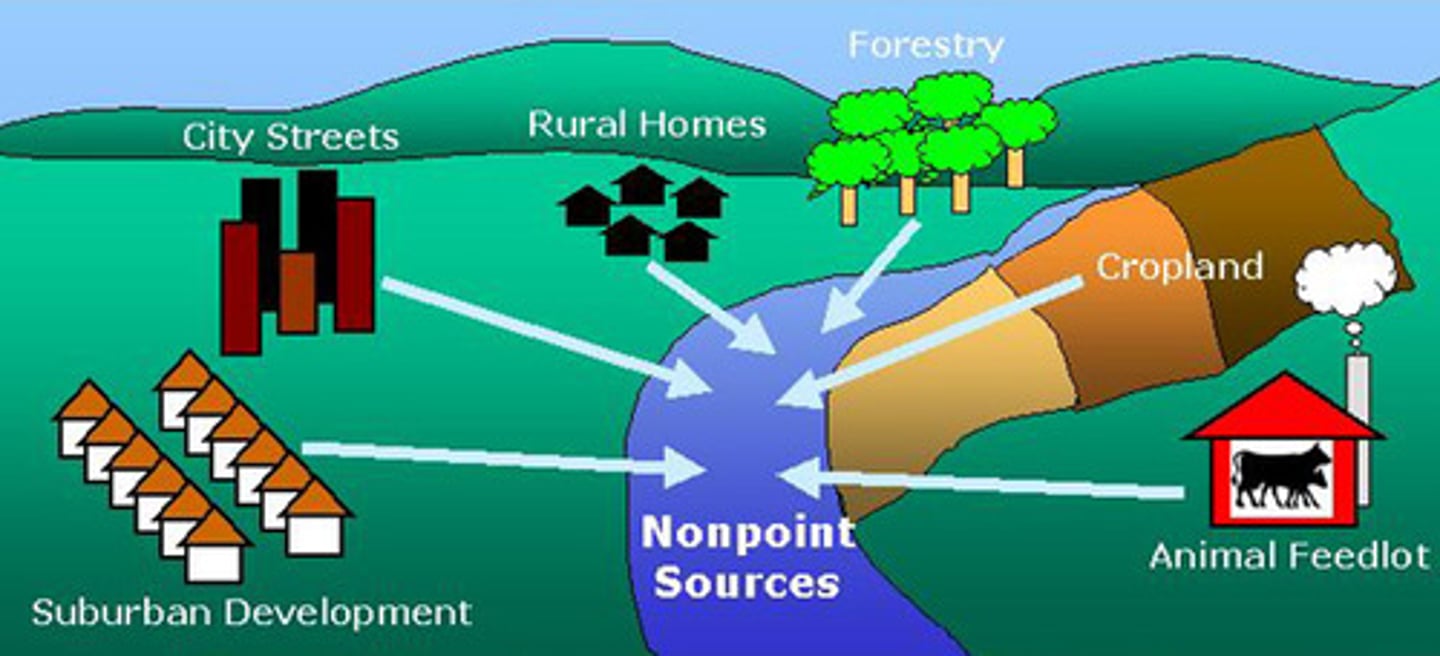
Nonpoint source
A diffuse area that produces pollution

Biogeochemical oxygen demand (BOD)
The amount of oxygen a quantity of water uses over a period of time at specific temperatures
Dead zone
In a body of water, an area with extremely low oxygen concentration and very little life
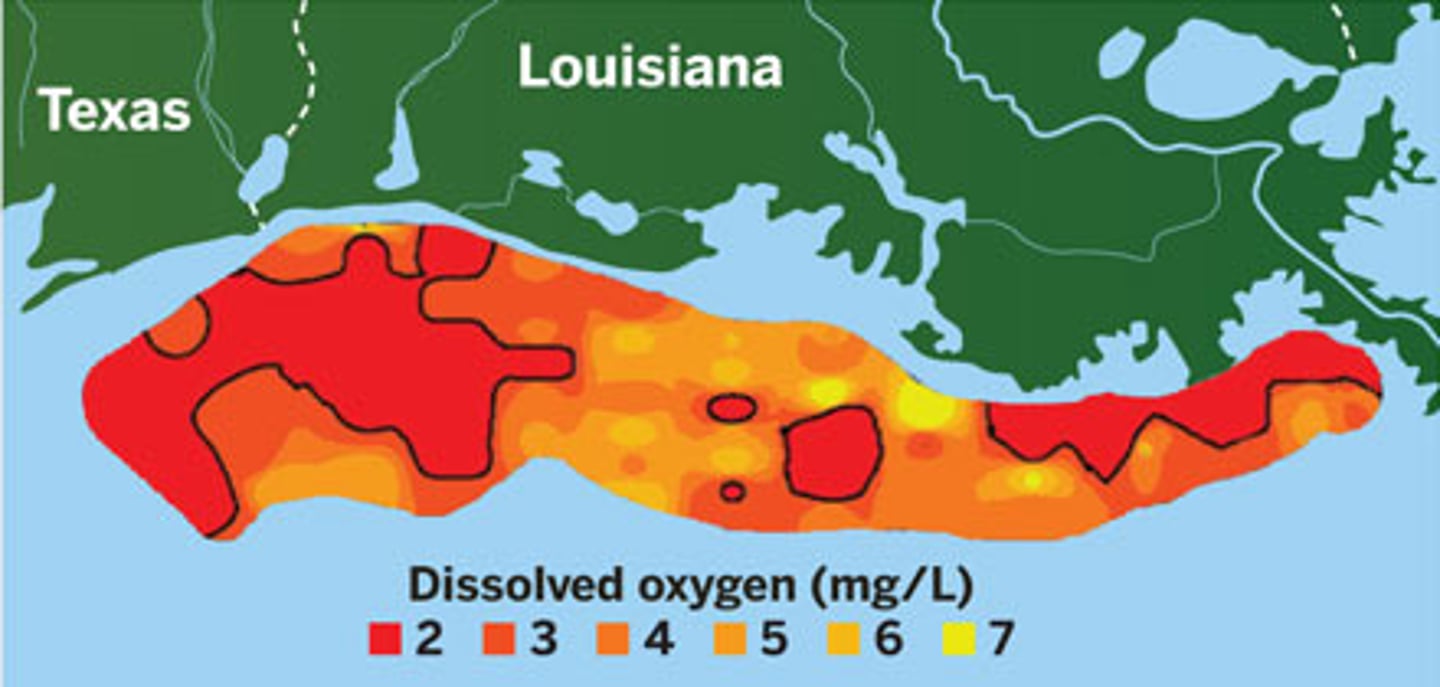
Eutrophication
A phenomenon in which a body of water becomes rich in nutrients
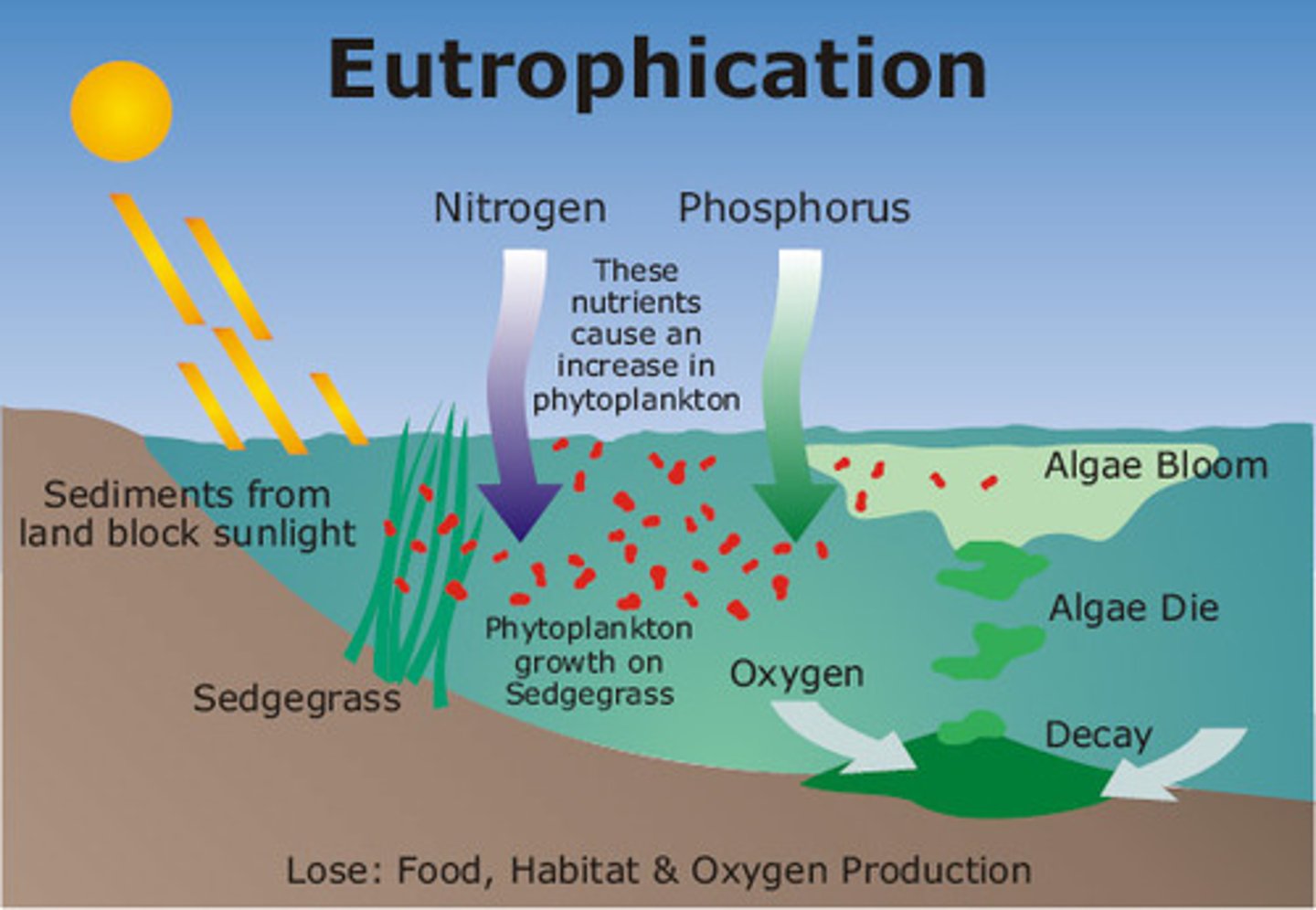
Cultural eutrophication
An increase in fertility in a body of water, the result of anthropogenic inputs of nutrients
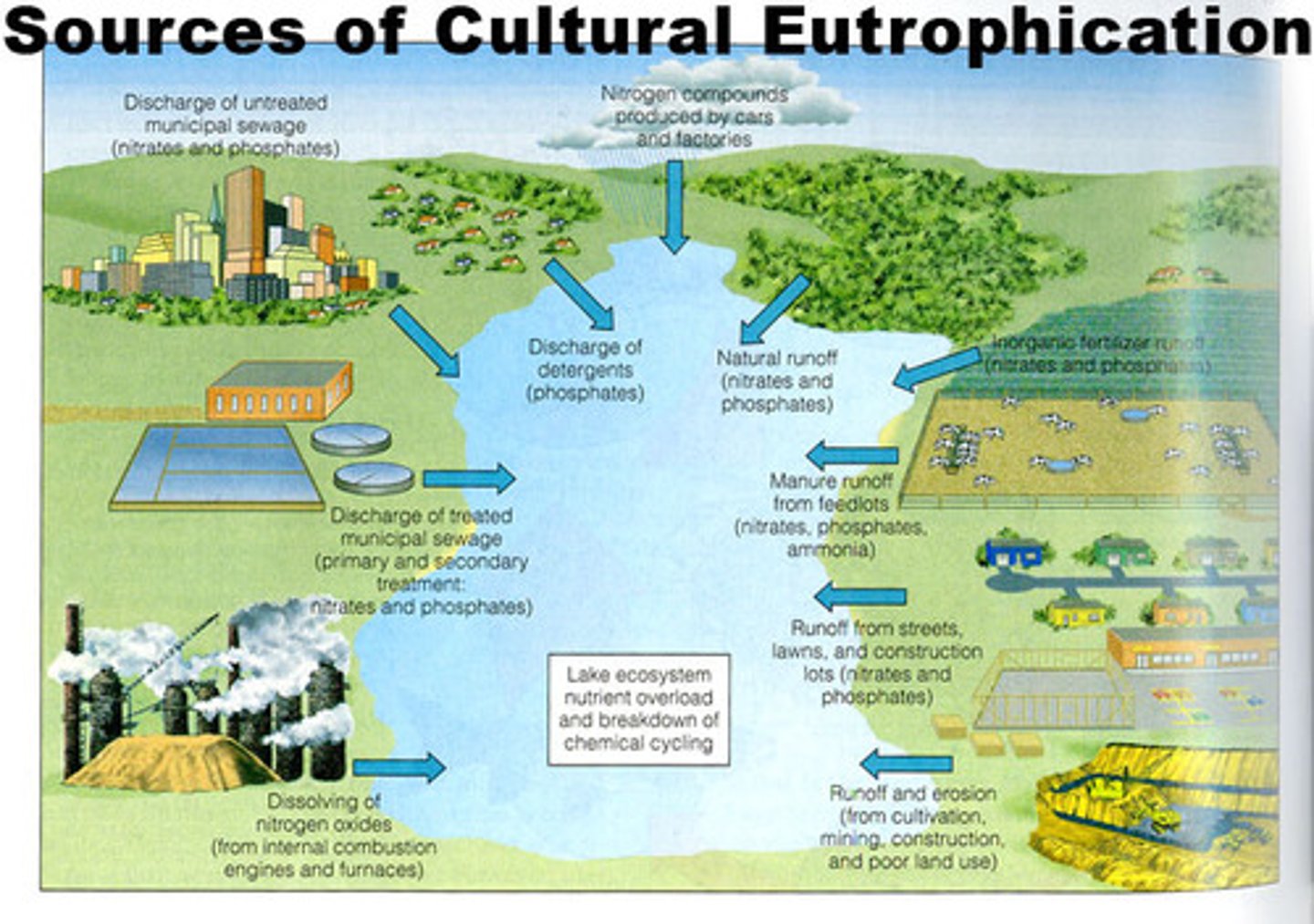
Indicator species
A species that indicates whether or not disease-causing pathogens are likely to be present
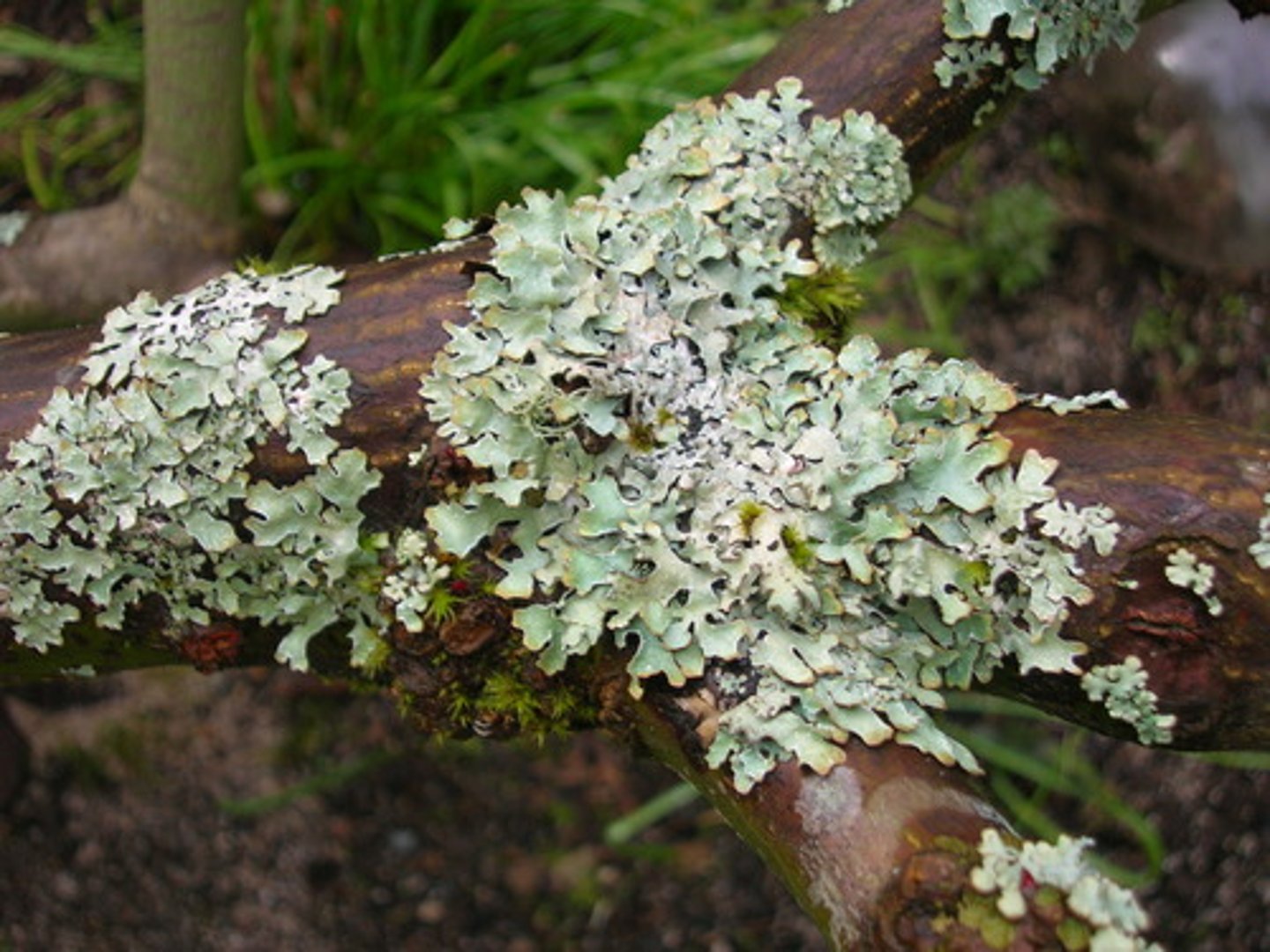
Fecal coliform bacteria
A group of generally harmless microorganisms in human intestines that can serve as an indicator species for potentially harmful microorganisms associated with contaminated sewage
Septic system
A relatively small and simple sewage treatment system, made up of a septic tank and a leach field, often used for homes in rural areas
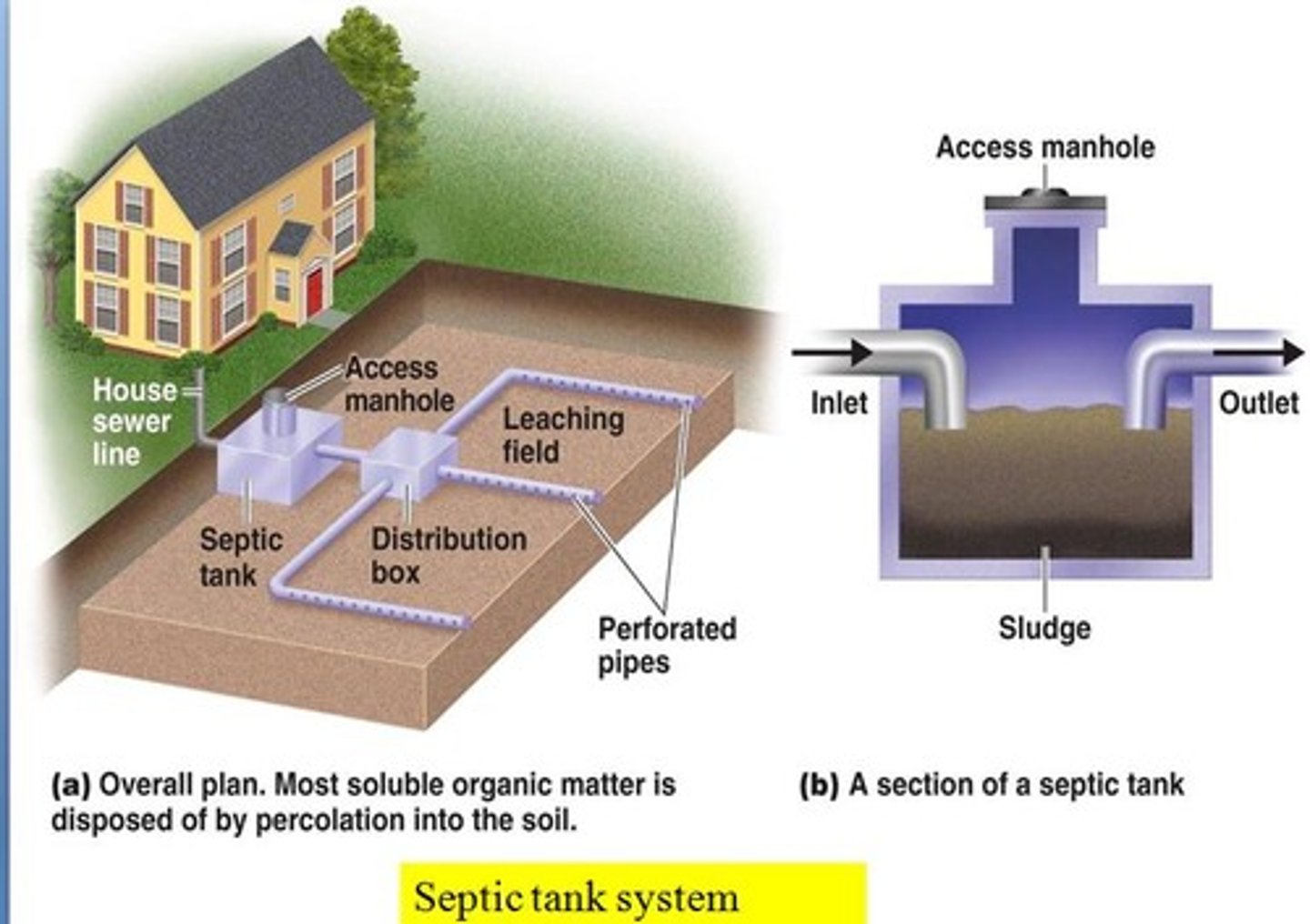
Septic tank
A large container that receives wastewater from a house as part of a septic system
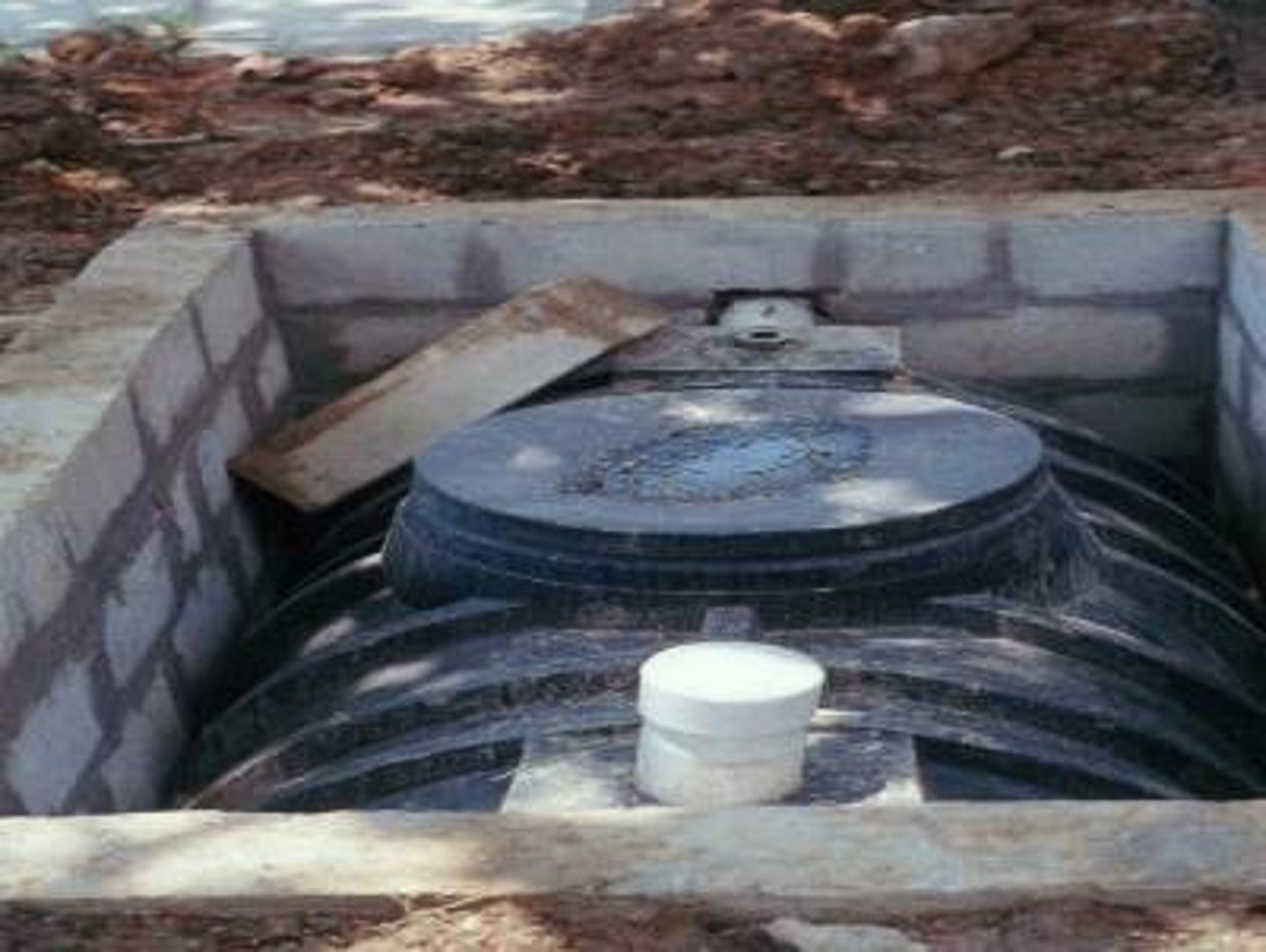
Sludge
Solid waste material from wastewater
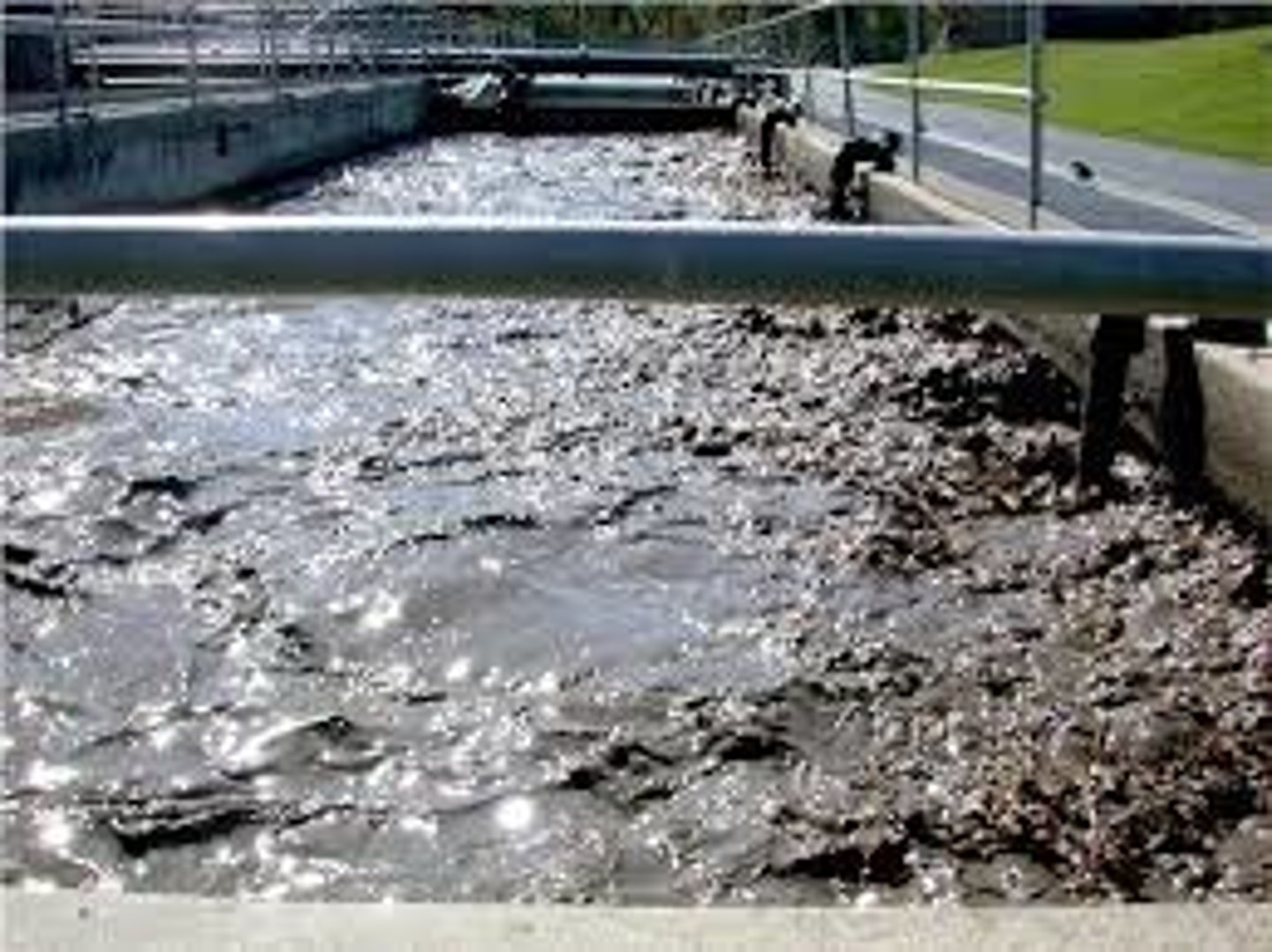
Leach field
A component of a septic system, made up of underground pipes laid out below the surface of the ground
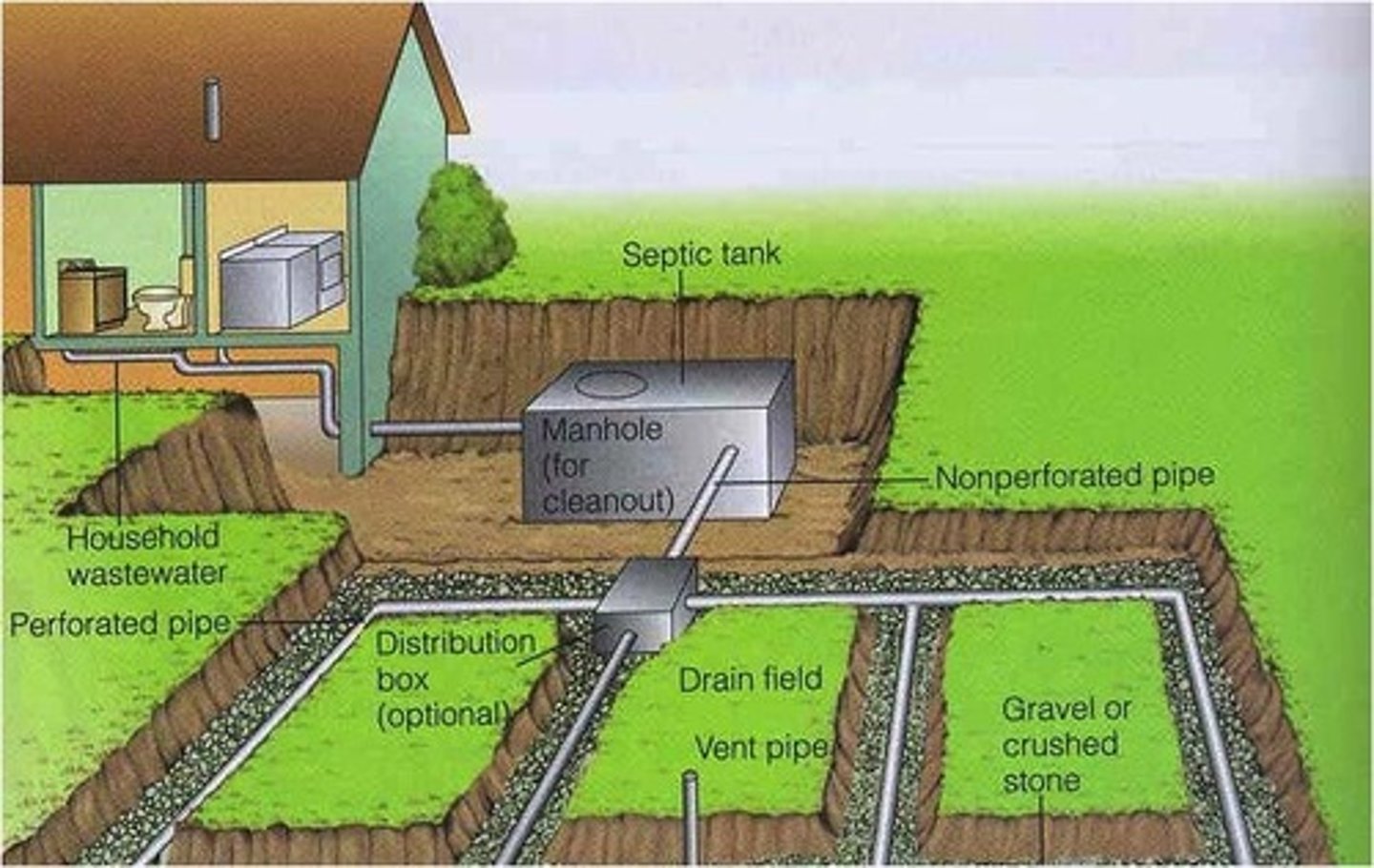
Manure Lagoon
Human-made pond lined with rubber build to handle large quantities of manure produced by livestock
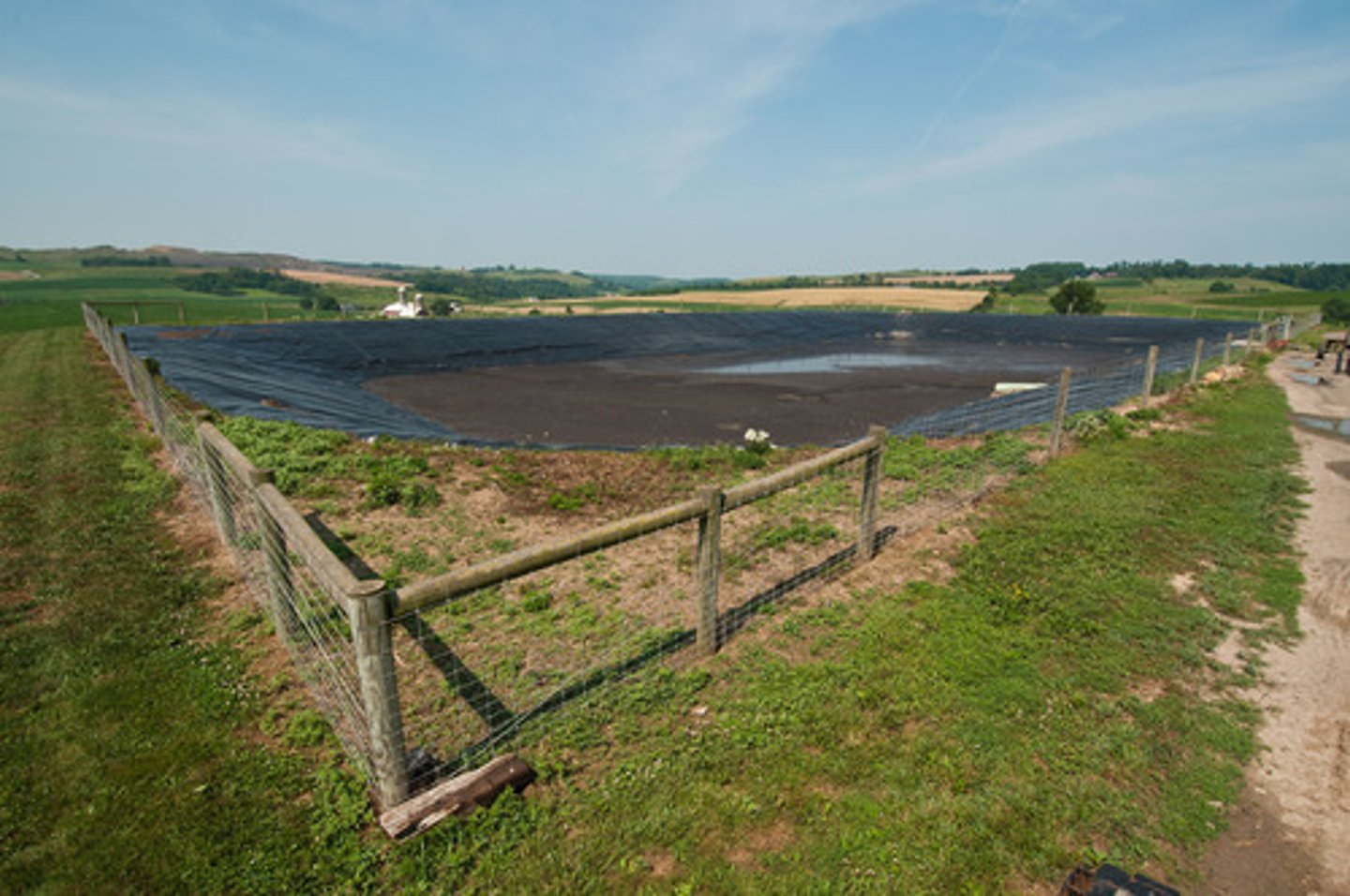
Acid deposition
Acids deposited on Earth as rain and snow or as gases and particles that attach to the surfaces of plants, soil, and water
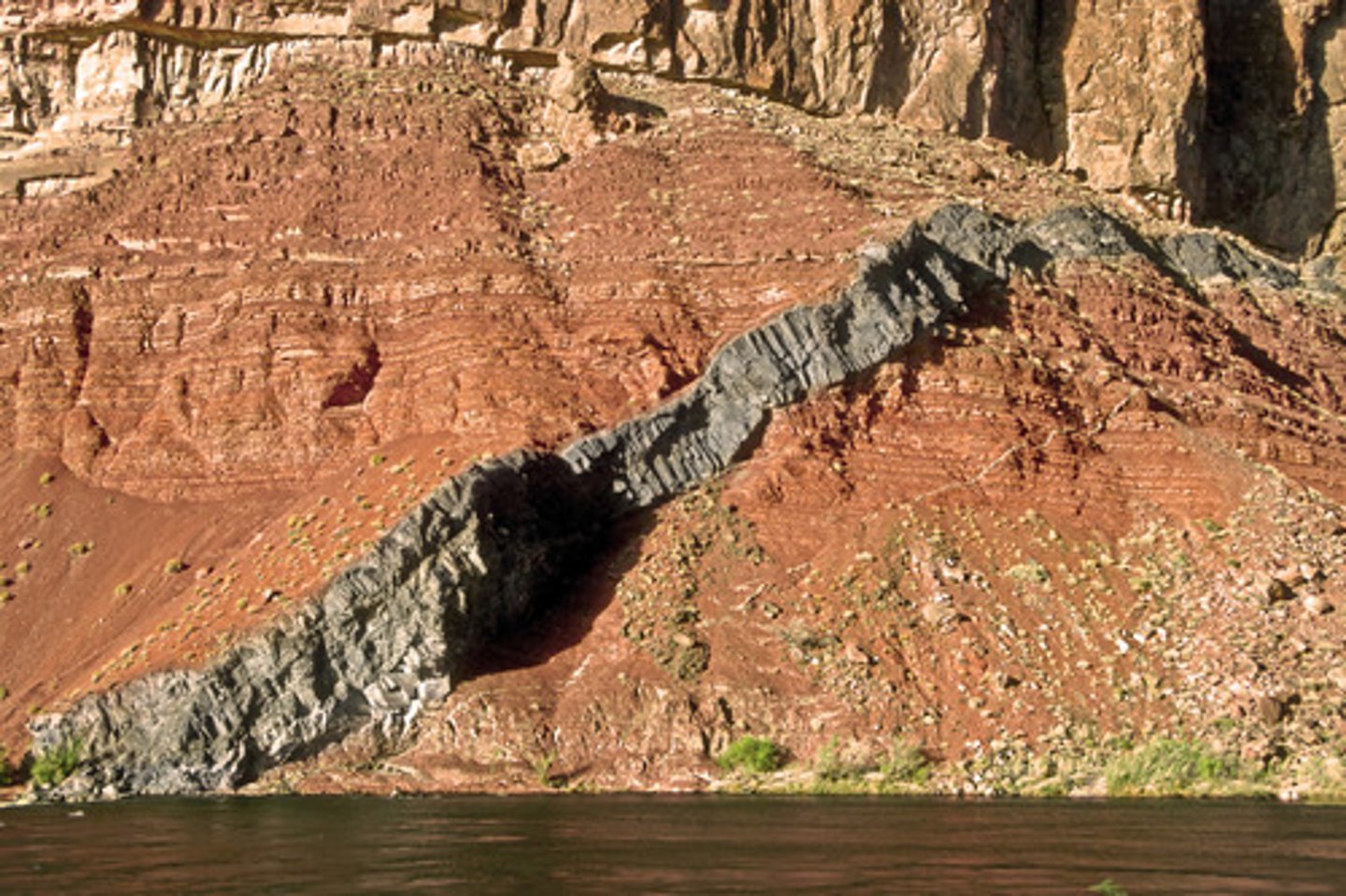
Polychlorinated Biphenyls (PCBs)
A group of industrial compounds used to manufacture plastics and insulate electrical transformers, and responsible for many environmental problems

Thermal pollution
Nonchemical water pollution that occurs when human activities cause a substantial change in the temperature of water
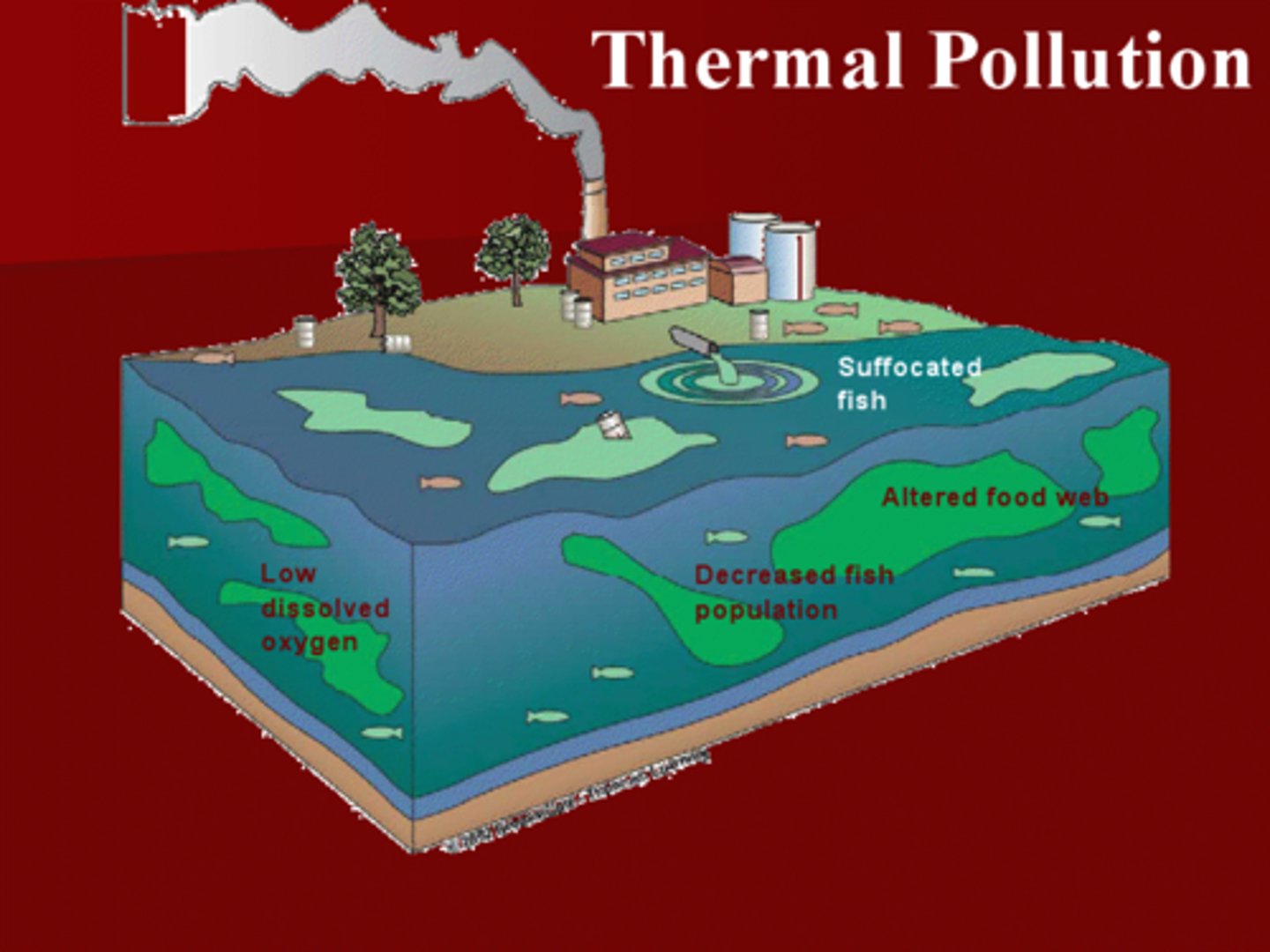
Thermal shock
A dramatic change in water temperature that can kill organisms
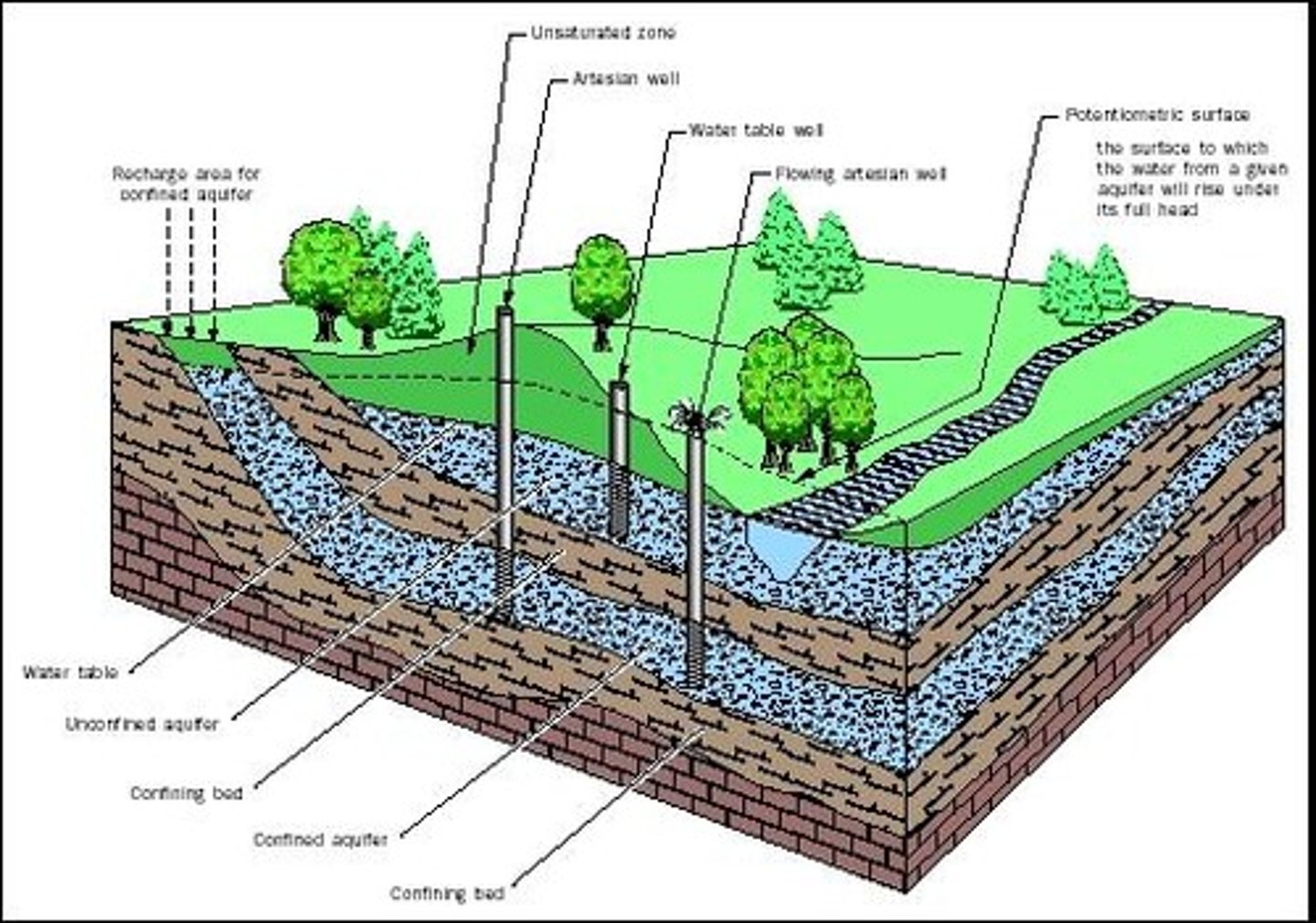
Clean Water Act
Legislation that supports the "protection of propagation of fish, shellfish, and wildlife and recreation in and on the water" by maintaining and, when necessary, restoring the chemical, physical, and biological properties of surface waters
Safe Drinking Water Act
Legislation that sets the national standards for safe drinking water passed in 1974
Maximum contaminant level (MCL)
The standard for safe drinking water established by the EPA under the Safe Drinking Water Act